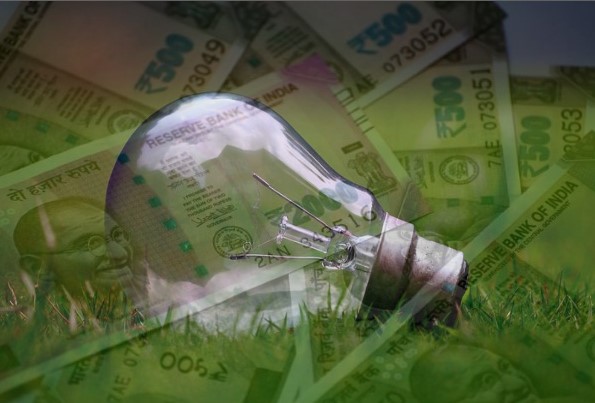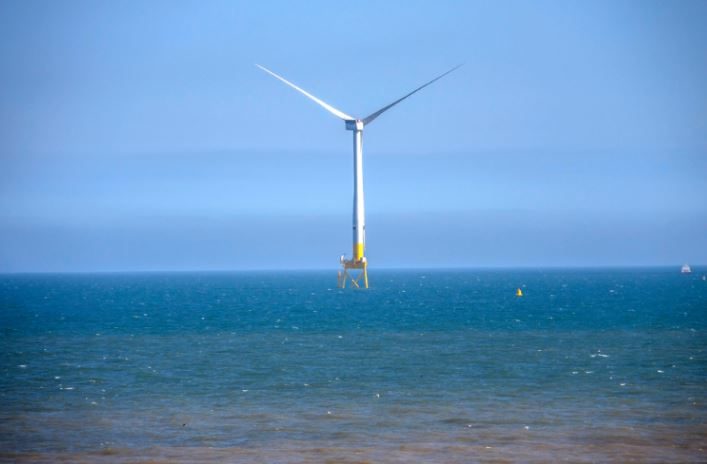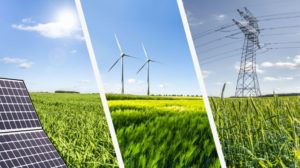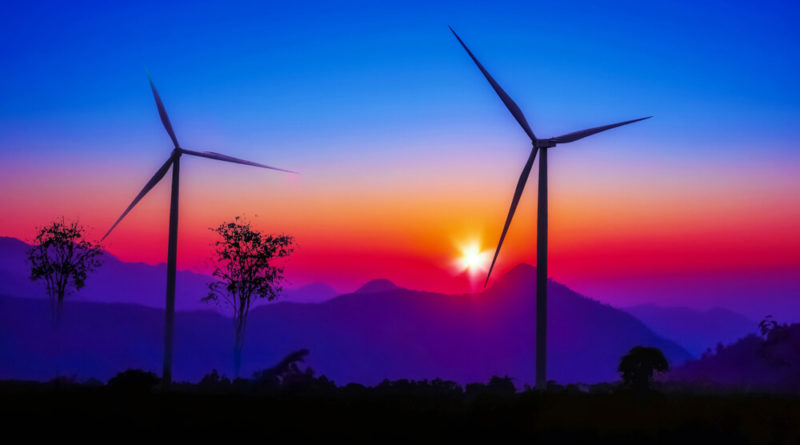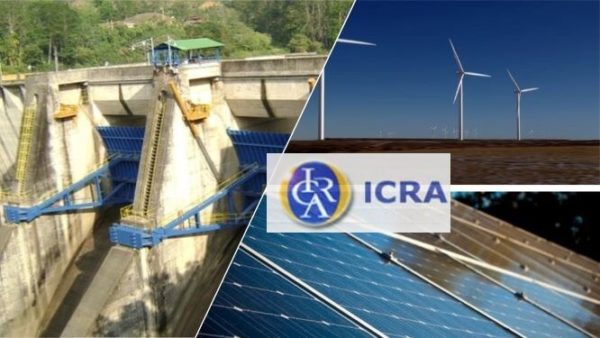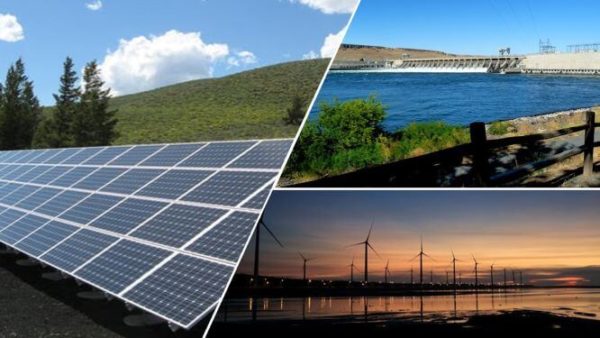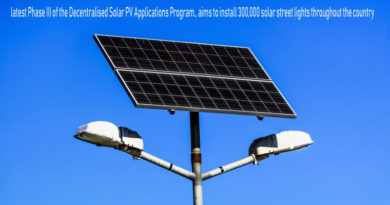India Jumps to 2nd Among Top RE Leaders But Future Remains Challenging

India ranks second only to Chile among emerging economies to lead the transition to clean energy, according to a 2018 Climatescope report by energy researcher BloombergNEF.
The report point that the country climbed three spots since 2017 on the back of the government’s strong commitment and support towards renewable energy over increased investments, clean energy installations and being host to the world’s largest renewables auction market.
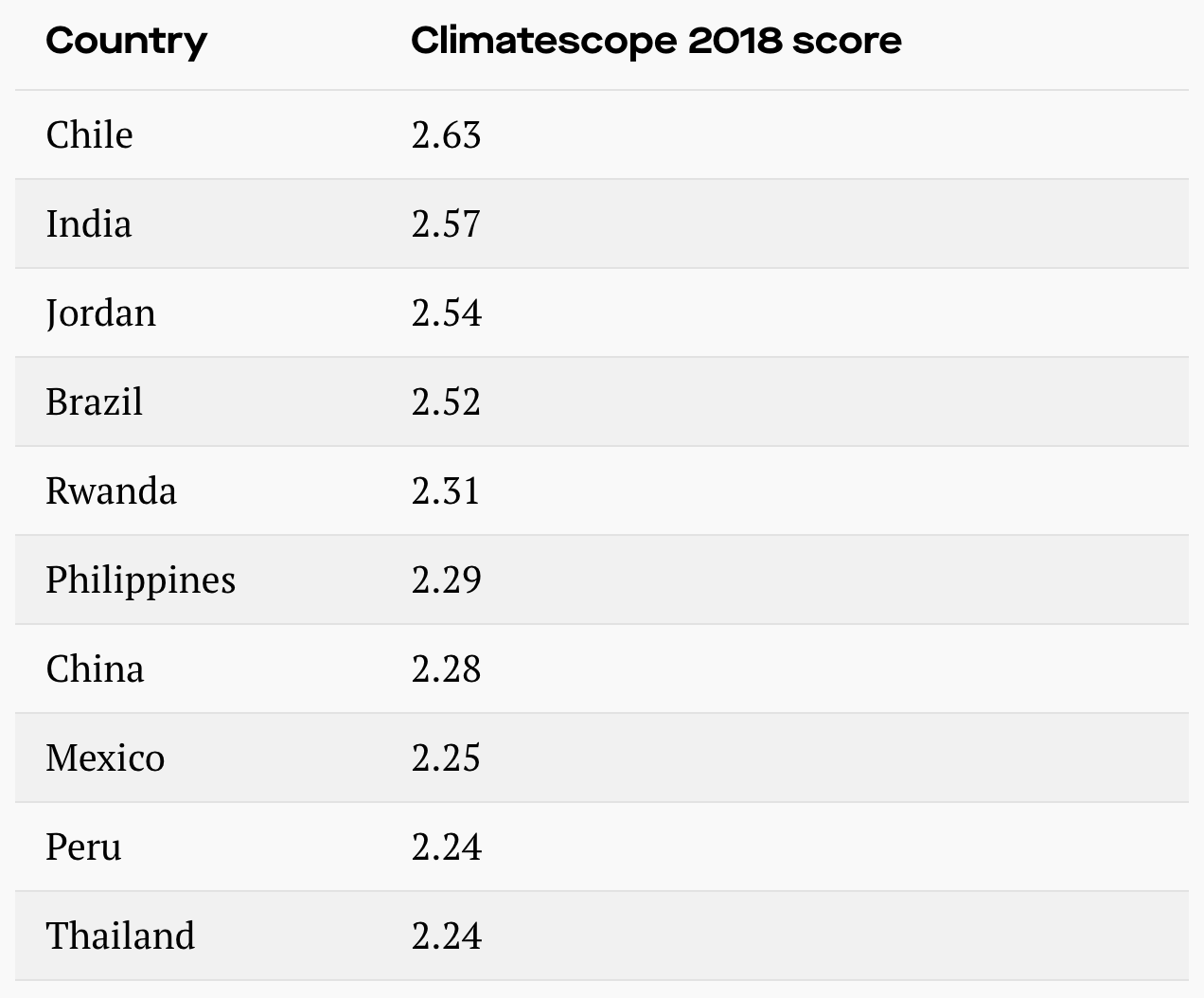
The ranking may not say very much on its own, but the jump from the fifth to the second spot on the list comes after dedicated efforts to increase the money spent, the number of clean energy installations around the country and playing host to the largest renewables auction market. Unlike, say China, the ranking should also indicate how India has pulled more than its weight in terms of clean energy transition.
Coal remains the principal energy driver in the near term as India still depends on the polluting fuel for three-fourths of its energy requirements.
According to the report, over 11 gigawatt (GW) in solar power projects were awarded to energy companies through auctions in 2017, the report says. As a result, 2017 was India’s best year yet in boosting its solar capacity, when new installations jumped by 90 percent over the previous year.
The climb was a lot less steep in 2018 when renewables added up to 71 GW of India’s new energy capacity. This was a 68 percent jump over 2017, helped by new policies that are enabling the renewables sector. India is undeniably a potential leader in the space, according to multiple different experts, and home to the “most competitive auctions in the world” for renewable energy, as the report puts it. In fact, every estimate of repute places the country as the world’s third largest market for renewables in the near future, behin China d and the US.
However, that said, the bigger picture shows clouds of uncertainty on the horizon for India’s renewables market. Policies in some areas — a new safeguard duty on imported solar panels, for instance — have made energy companies in India uncertain about breaking new ground.
The government imposed this duty last year to protect Indian energy companies from the steady competition coming from elsewhere in the world. Analysts who said so were proved right, as till date, the policy has neither led to increased manufacturing investment, while slowing down renewables growth. In fact, the government, caught between balancing the budget, protecting legacy energy infrastructure and a poor grid, has struggled to do all it wishes to for the sector. So much so that the 100 GW target for Solar has been declared as pretty much a certain miss, by almost every forecaster, domestic or global, around the world.
Not having a Clear renewable energy policy will be what keeps India from making this target, the ‘State of Renewable Energy in India 2019’ report by a local think tank says. Despite this challenge and others, India is on track to meet 76 percent of its 175 GW renewable energy target for 2022, says Wood Mackenzie report on the renewable sector.
On one hand, India might be making great progress towards building its renewable energy capacity. But without a working renewable and effective energy policy, further growth is hitting a wall in many places. That could lead to a lot more damage than just a drop in rankings, something the Indian government really cares about.

